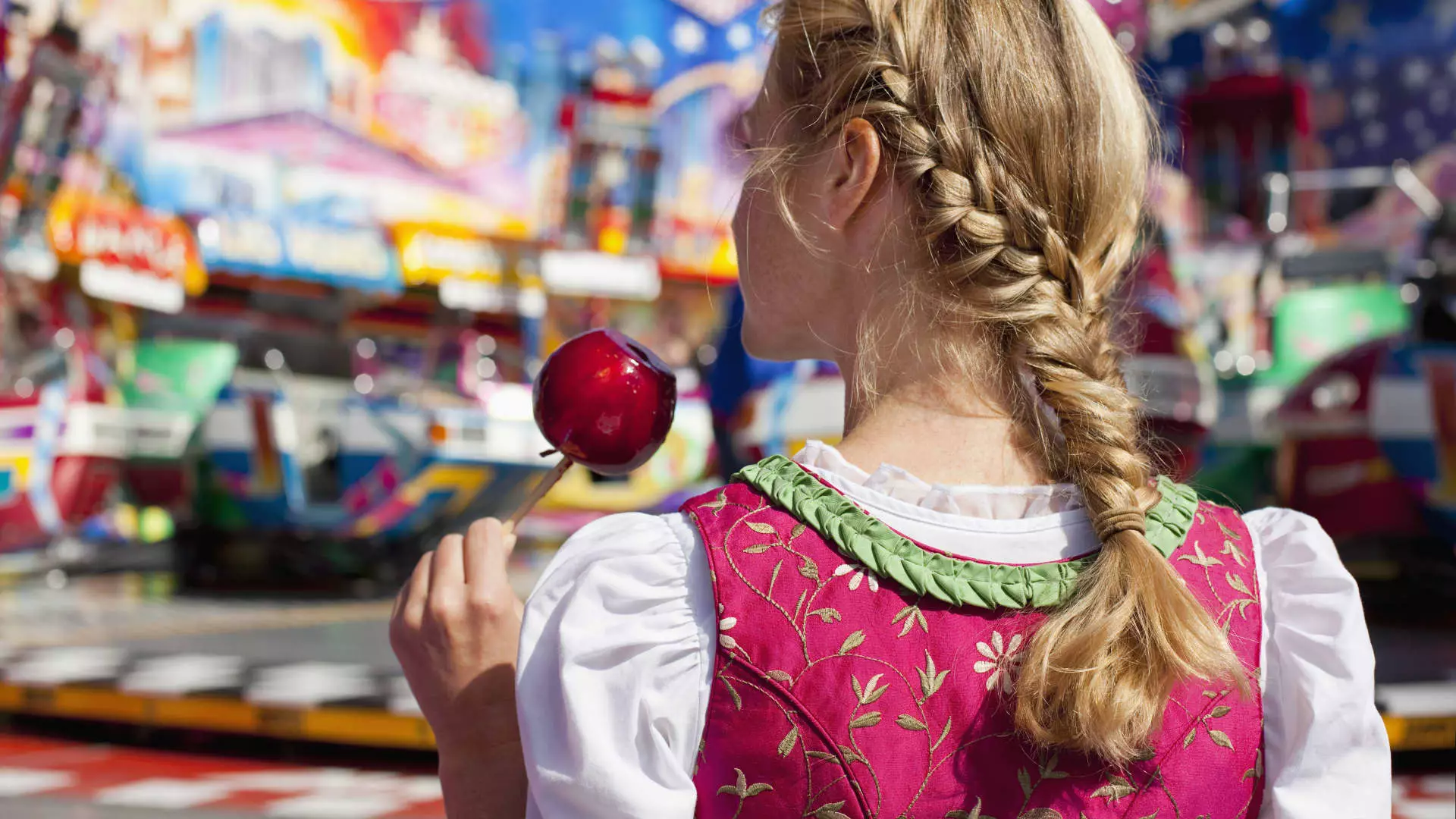Oktoberfest is more than just a beer festival; it’s a cultural phenomenon that encapsulates centuries of Bavarian tradition, inviting millions to indulge in its revelry each year. Although celebrated in numerous countries, the festival’s heart beats strongest in Munich, its birthplace, where around six million attendees converge annually for 16 days of camaraderie, culinary delights, and of course, beer. As someone who frequently visits Munich, I have gleaned essential insights that enhance the experience of attending this spectacular event, known locally as the “Wiesn.”
What differentiates Oktoberfest from festivals worldwide is its unique and inclusive dress code. Traditional Bavarian costumes—dirndls for women and lederhosen for men—are embraced and celebrated. Unlike many events where cultural appropriation might be a concern, international visitors are welcomed to dress in these traditional outfits. Whether you seek a budget costume for a single use or a bespoke rental, there’s an option for everyone.
A common misconception is that “lederhosen” refers to just one leather trouser; in fact, the rich heritage of this attire implies that when adorned, you are indeed wearing lederhosen—plural. These garments are not simply German but are specifically Bavarian. Step north from Bavaria and one would find these outfits scarce, save for the inclusive atmosphere of Oktoberfest.
Contrary to popular belief, beer at Oktoberfest is served in a type of glass known as a “mass,” which contains a full liter of beer, rather than the well-known steins often associated with German beer culture. Remarkably, servers masterfully balance up to six mass in each hand, an impressive feat that underscores the festival’s lively spirit. They rely on tips and a percentage of the sales for their earnings, so patrons are encouraged to be generous in their gratuities. The servers don a clothespin with their names to facilitate connection with guests, and the informal address of “du” fosters a welcoming environment among revelers.
As festivities unfold and the band strikes up lively tunes, guests are prompted with the familiar phrase: “Ein Prosit, ein Prosit der Gemütlichkeit,” urging everyone to clink glasses and drink heartily. This deep sense of community and camaraderie is what defines the spirit of Oktoberfest.
The origins of Oktoberfest trace back to 1810, celebrating the marriage of Crown Prince Ludwig and Princess Therese von Sachsen-Hildburghausen. The festival traditionally kicked off in October, but due to its historical susceptibility to rain, it was moved to late September. Since 1905, it has commenced in September and proceeds until the first Sunday of October—16 days of spirited celebration that encapsulate Bavarian hospitality.
Throughout the festival, a popular activity is “Schunkeln,” where attendees link arms and sway to the music, fostering a shared joyous experience. If wearing a dirndl, there’s also a playful, unspoken language to the bow placement—tying it on the right signifies being single, inviting interaction.
While the beer is a significant draw, the culinary offerings at Oktoberfest are equally impressive. The festival features an array of food stalls serving delightful treats such as pretzels, bratwurst, weetwurst, schnitzel, and more. There’s a range of beverages available as well, including Apfelschorle (a refreshing mix of carbonated water and apple juice), alcohol-free options, and water to keep hydrated during the festivities.
Located near the Theresienwiese, guests can explore Munich’s cultural highlights, including the historic Sendlinger Tor and the bustling Viktualienmarkt. Nearby attractions include the Residenz Palace, Hofbräuhaus, and the Beer and Oktoberfest Museum, providing a deeper context to the rich history of the festivity.
For those who cannot make it to Munich, Oktoberfest celebrations stretch across the globe, each location adding its charm. Notably, Hong Kong hosts the Marco Polo German Bierfest, offering exceptional views of the harbor alongside the familiar traditions. In the U.S., Cincinnati boasts one of the largest Oktoberfest gatherings, while Brazil’s Blumenau captures the essence with its own vibrant celebration.
Those looking for a less crowded experience can consider attending the Spring Festival in Munich, where the same level of festivity blooms in a relaxed atmosphere with fewer tents and crowds.
Oktoberfest transcends mere revelry, embodying a cultural celebration steeped in tradition, community, and gastronomy. Whether in Munich or one of the festival’s global outposts, the essence of Oktoberfest invites everyone to partake in the cheer, making lasting memories in the process.


Leave a Reply